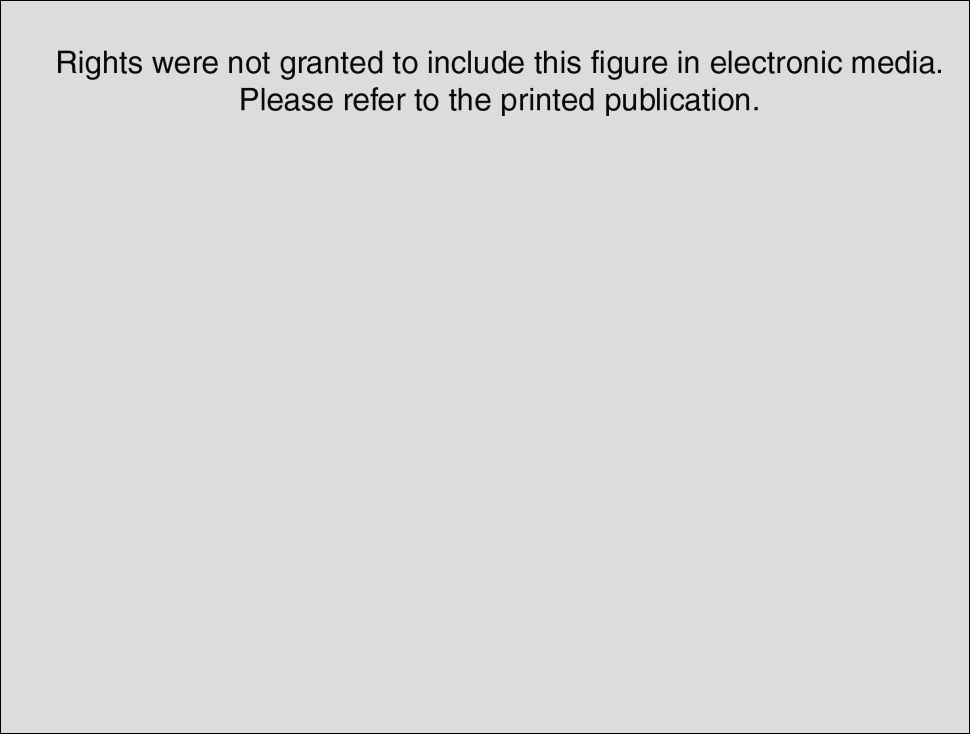CHAPTER 28 Basic Pharmacokinetics
Pharmacokinetics is the study of the rate of movement of drugs within biological systems, or the study of what the body does to the drug, as characterized by drug absorption, distribution, metabolism, and excretion (ADME). It establishes a time course of the drug in the body and helps optimize drug therapy (Figure 28-1).
I. Absorption
B. Drug characteristics that affect absorption
1. Formulation (e.g., enteric coating may prevent the drug from dissolving until it reaches small intestine)
D. Bioavailability is the fraction (F) of the dose that reaches systemic circulation
1. Absolute bioavailability is the estimation of F for other routes of administration compared to IV administration (100% bioavailability or F = 1)
II. Distribution
B. Mechanisms
III. Metabolism
A. The removal of drug from the body by transforming the drug to less-active forms and other compounds
VI. Linear Pharmacokinetics
A. When the area under the curve (AUC) is proportional to the dose, the drug is said to follow linear kinetics. Increases in dosage result in proportional increases in plasma drug levels. Most drugs follow linear pharmacokinetics.
B. At steady state, the rate of drug administered is proportional to the amount of drug eliminated within one dosing interval, and the body reaches an equilibrium or constant serum or blood level.
C. Drugs that have a short half-life, such as gabapentin, reach steady state rapidly; drugs with a longer half-life, such as digoxin, require more time to reach steady state. Half-life is the time required for the body to decrease the amount of drug by half (50%). Generally, it takes 4–5 half-lives for the dosing of the drug to reach steady state.
VII. Nonlinear Pharmacokinetics
A. When drugs do not change proportionally with the dose and the rate of elimination is constant regardless of amount of drug present, the drug is said to follow nonlinear pharmacokinetics (e.g., phenytoin).

Figure 28-1 Concentration and time of drug action.
(Reprinted by permission from Macmillan Publishers Ltd: International Journal of Impotence Research, 19:253-264, Sept. 21, 2006.)
REVIEW QUESTIONS
(Answers and Rationales on page 382.)
Stay updated, free articles. Join our Telegram channel

Full access? Get Clinical Tree


